

A recently-launched replica of Pilar – the legendary fishing boat owned by American novelist Ernest Hemingway – is the first in what is expected to become a production-line model. While she retains the original’s classic looks, her equipment is contemporary. Words by Bruno Cianci.
Hemingway’s (1899-1961) novels earned him Pulitzer and Nobel Prizes, but he was almost as famous as an active sport fisherman. It’s said he caught his first fish at the age of three and became ‘hooked for life’.
He and Pilar spent much of his life in his favourite hunting grounds – the scalene triangle whose vertices touch Key West in Florida, the Bimini’s archipelago (Bahamas) and the Cuban coast.
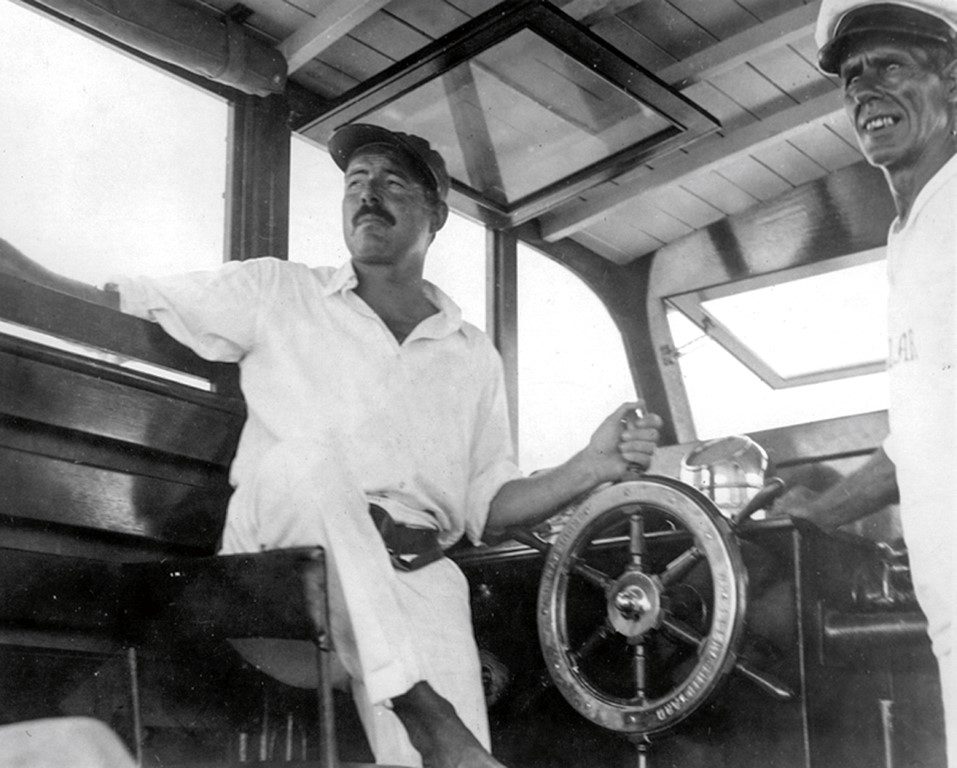
A sport fishing innovator and a trendsetter, Pilar is believed to have had the very first flybridge and outriggers, accessories that soon became common aboard fishing boats. Pilar (his second wife’s nickname) not only out-fished and out-performed most of the competitors of her time, but in the 30 years that Hemingway owned her she rode out four tropical hurricanes, a testament to the craft’s soundness and her owner’s bravery.
Pilar was also the first known boat to deliver an immaculate giant tuna to the jetties of Bimini undamaged by sharks, also thanks to the fishing techniques introduced by the writer. Hemingway perfected the technique for retrieving the caught fish as quickly as possible, preventing it from being devoured by the predators that infested Caribbean waters.

The boat began life as a stock vessel, marketed as the twin-cabin 38-foot ‘Playmate’, fitted with a 70hp six-cylinder Chrysler Crown petrol engine generating a top speed of 16 knots. Hemingway, though, specified several amendments to better suit his requirements.
These included a Lycoming engine for trolling at low speed (3 knots), extra stowage and bigger tanks, a flybridge with a steering station, the abovementioned outriggers, a live well, a practical transom roller (to facilitate the hauling of big fish) and a fighting chair in the cockpit.
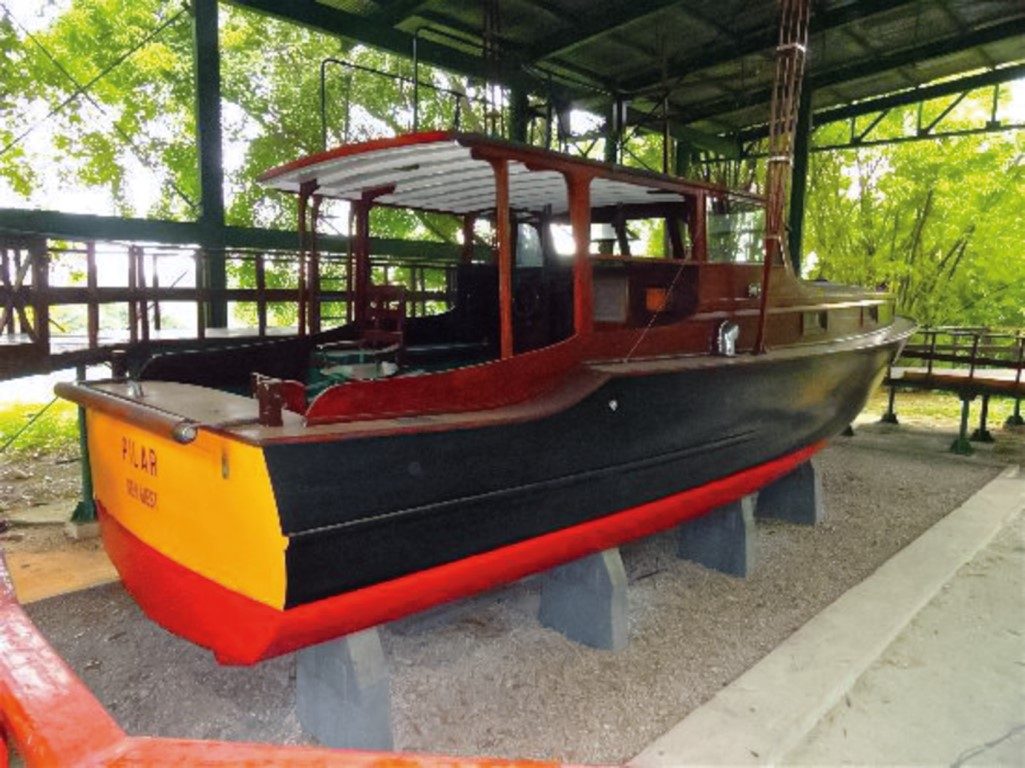
Later, during WW2, the boat was also equipped with communications gear and direction-finding equipment to enable the writer to locate and transmit the position of German submarines in the Caribbean (an activity for which he was authorised by the US government). But that is another story.
Today the original Pilar is at Cuba’s Finca Vigia, near the capital city of Havana, preserved as a museum artefact. Hemingway donated her to the seaman Gregorio Fuentes (1897-2002), a former hired captain who allegedly inspired the Santiago character from one of the writer’s most famous books – The Old Man and the Sea. In turn, the boat was donated to the people of Cuba by Fuentes.
Family business
The building of Pilar replicas has been a project 20 years in the making – and was created by American Wes Wheeler. He has always been fascinated by Hemingway and his novels, but additional impetus for the project came from a desire to revive the business of his ancestors.
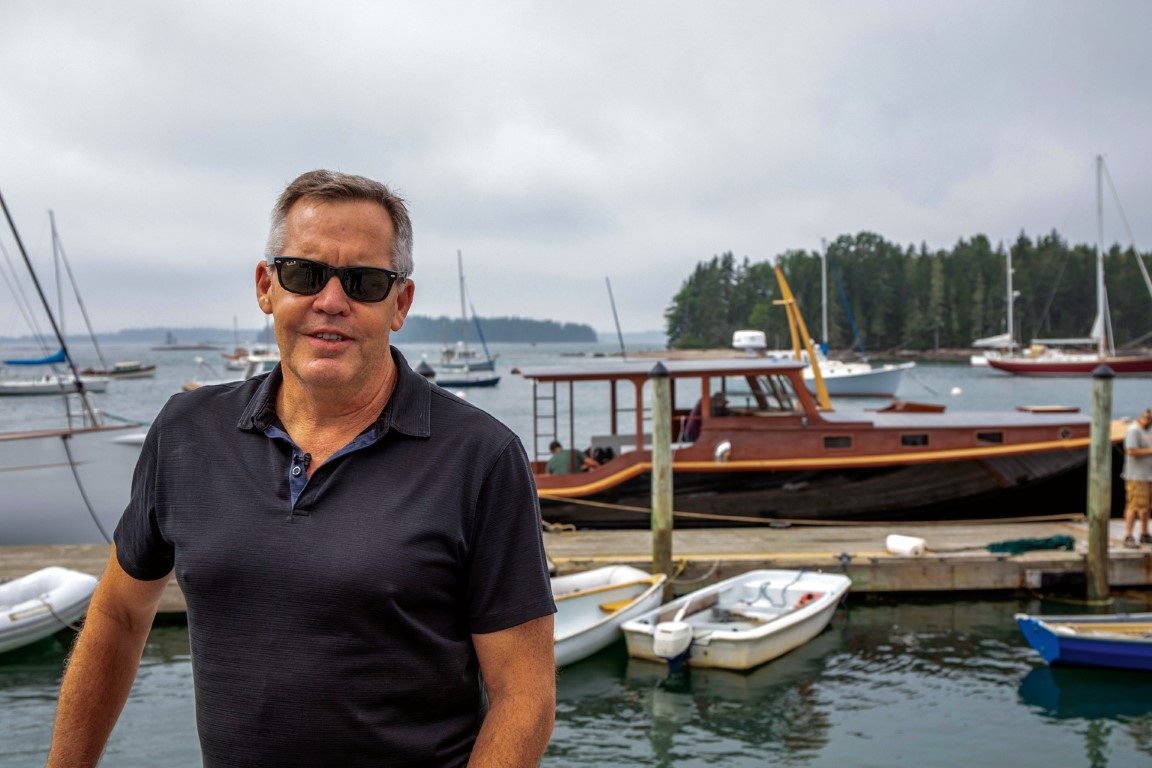
It transpires that the design for the original Pilar was based on the famous ‘Playmate’, a boat built by the Wheeler Shipyard Corporation, established in 1910. The founder was Howard E. Wheeler – Wes’ great grandfather.
The company produced fine vessels for some 50 years, and it was this reputation for quality that drew Hemingway to Wheeler back in 1934. In his pocket was US$7,495 (US$146,000 in today’s money) to purchase the fishing boat he dreamed about.
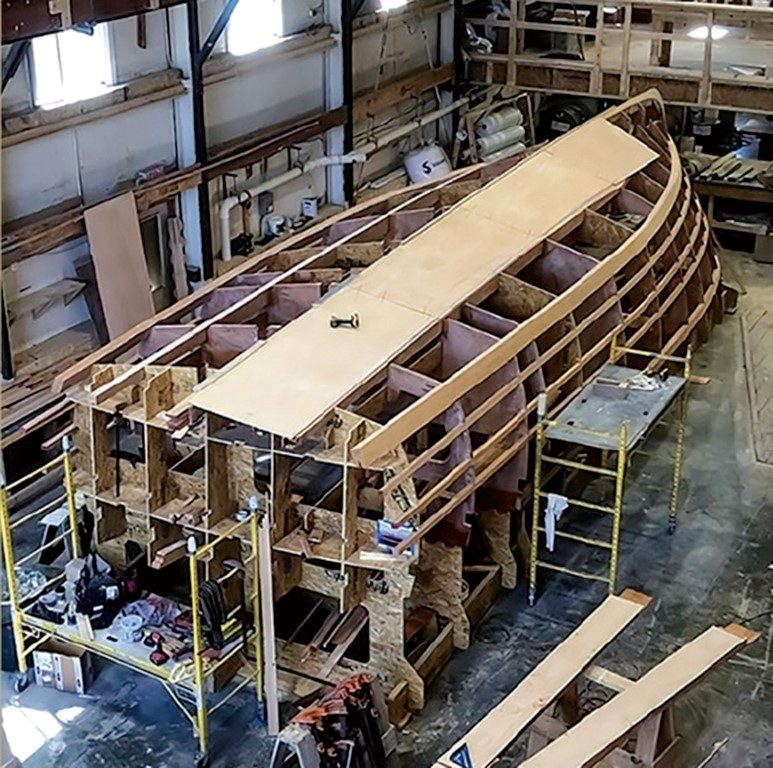
Wheeler also produced a fleet of ships for the Navy and Coast Guard cutters during WW2. At the peak of production more than 6,000 people were employed at the shipyard, including Wheeler’s five sons. The shipyard built more than 3,500 craft over its half-century existence. Among them were many sea-skiffs and motor cruisers.
The challenges involved in ‘recreating’ Pilar and reviving the brand were many and varied, says Wes, the greatest of all being how to build the boat and target the right clientele. It would require different construction techniques and modern technology.
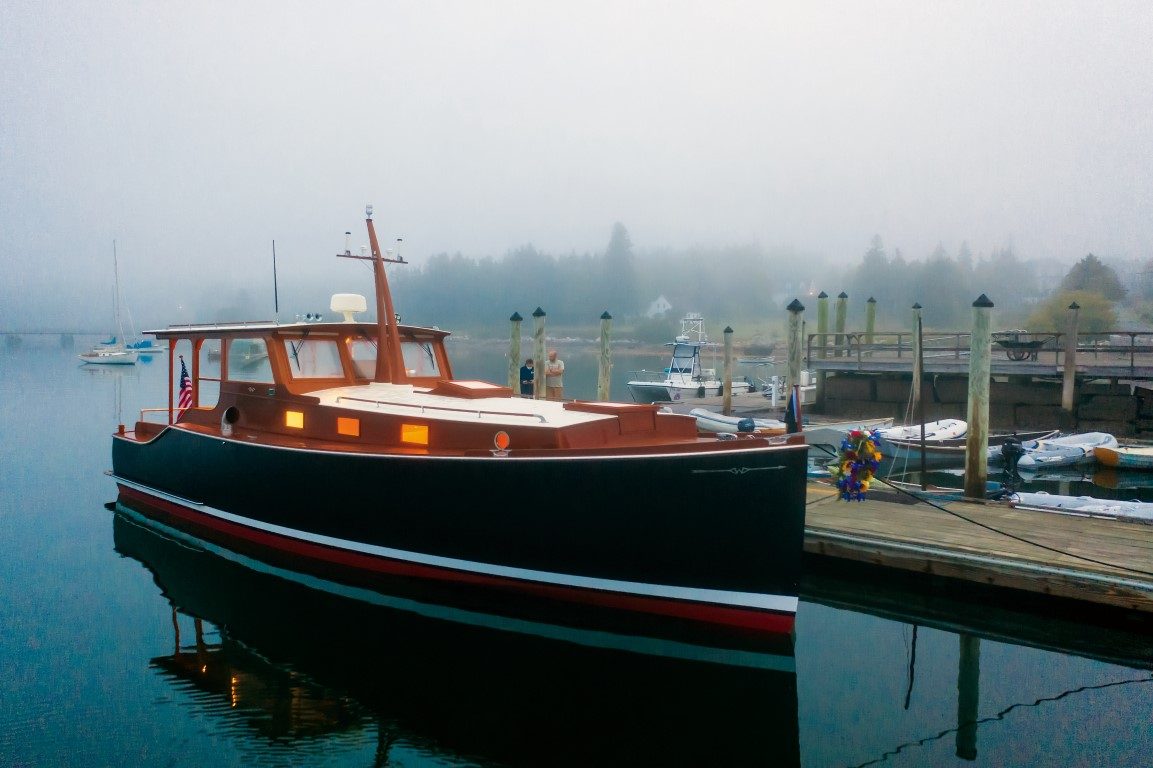
“We reverse-engineered Pilar from original plans and measurements. I took these measurements myself from Hemingway’s boat with the kind help of the Cubans. It was painstaking work – I had to make sure the measurements were perfect. Keeping the ‘new’ Pilar looking authentic was one thing – but it had to be done in such a way so that we could fit modern systems and equipment.”
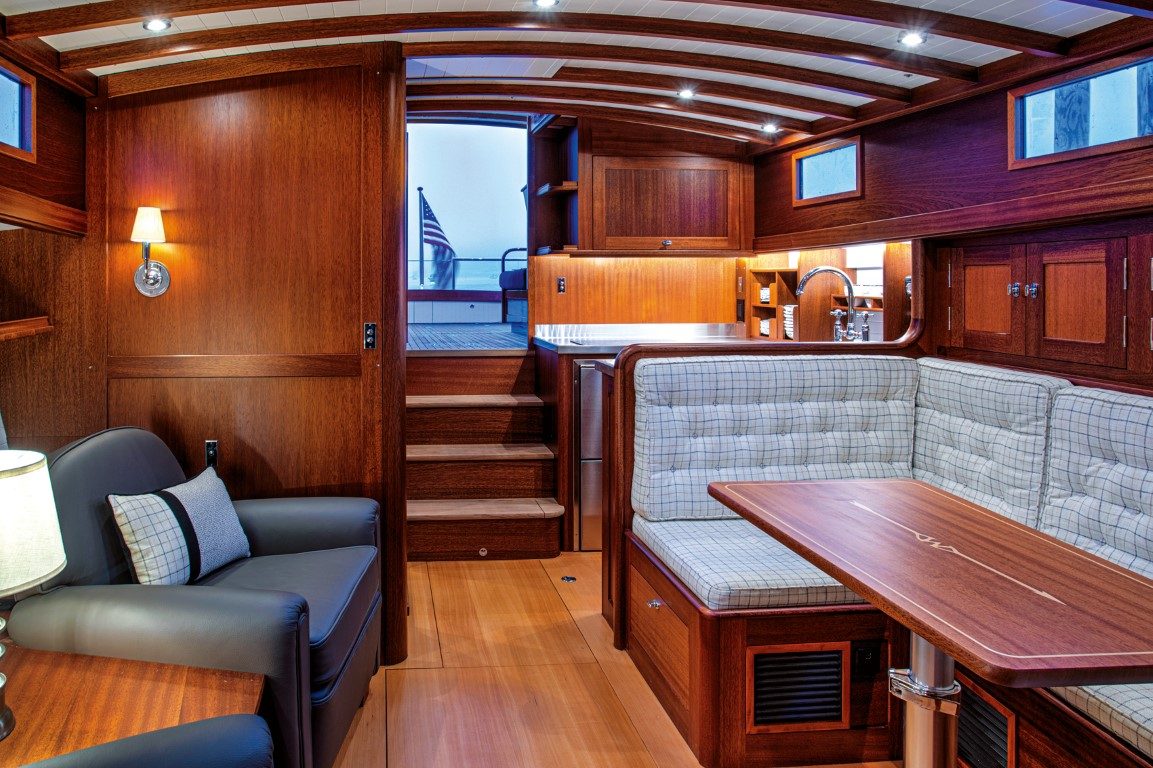
Given the expectations of today’s buyers, the boat would also have to perform better than the original. As a result the hull was re-designed to plane, enabling the craft to reach higher speeds with superior comfort. The new boat runs at 32 knots – double the speed of her illustrious ancestor.
Interior layout and finishing have been tackled to ensure the look and feel of the boat remain faithful to her origins. Appropriately named Legend, the new boat was built by the Brooklin Boat Yard (in Maine) and, like the Wheeler dynasty, it too boasts many generations of shipwrights from one family. It is the only Wheeler-authorised builder.

History, tradition, boatbuilding skills and extended familial bonds – a happy combination that’s resulted in a glorious recreation of a legendary fishing boat.
Hemingway would have been impressed.




